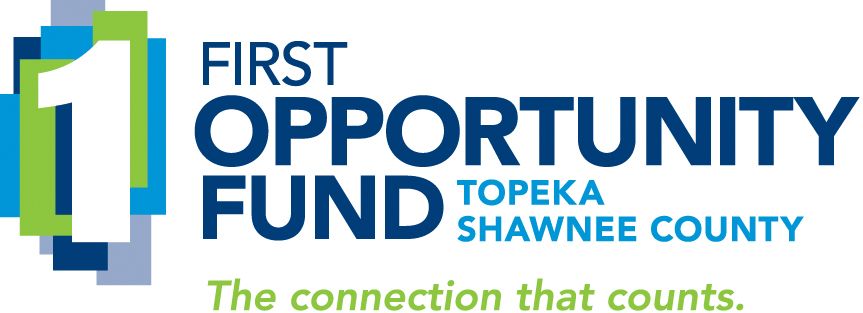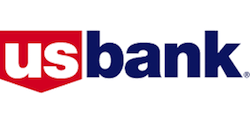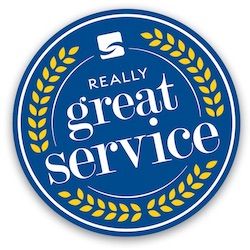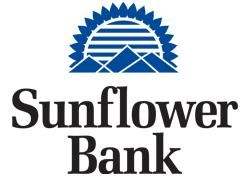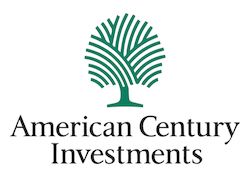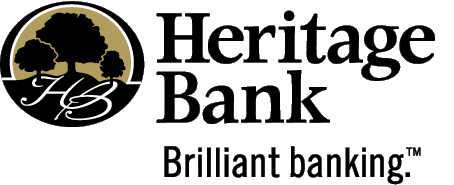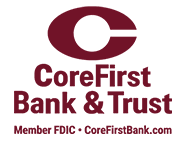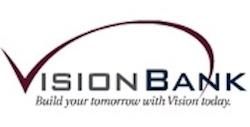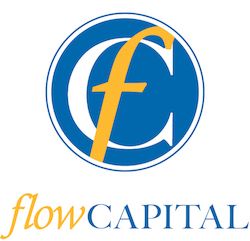
Two of the biggest areas where financial institutions should be supporting their employees are with education and help for their own financial and emotional well-being. The two are intertwined.
Why this matters:
- It’s a powerful attraction and retention strategy.
- When employees are financially confident and savvy for themselves, they provide better counsel and recommendations to customers.
An upsetting distraction at work
There are numerous current studies reporting that a majority of Americans are experiencing financial stress and anxiety, with millennials and Gen Z feeling it even more than other generations.
A recent study from LIMRA states that “more than 30% of Gen Z and Millennials say their personal financial worries have been a distraction at work.”
And research published by the American Bankers Association Journal bears this out. It says 68 percent of bank employees surveyed say “financial stress negatively affects their overall mental health, with respondents spending around three hours a week worrying about their finances at work. Three in five respondents said they are living paycheck to paycheck. Among employers, three in four respondents said workers’ financial stress negatively affects their operations.”
That should not be a surprise. Employees of FIs are not magically immune from being included in these statistics simply by virtue of working for a financial institution.
Fear, guilt and shame stop people from talking about it or asking for help. It affects their state of mind while on the job and in their personal lives.
It bears the question: How can bank employees deliver great customer experience and offer good counsel about financial matters if they’re distracted and worried about their own?
Financial institutions who help employees with their own financial lives make them feel valued and appreciated. Employees need more from their employers than most are giving. In the ongoing battle to attract and retain the best, FIs must support employees with financial education, coaching and innovative benefits.
Financial education
Online, self-guided programs can help preserve anonymity of who is accessing which programs and let employees find answers to fit their needs and level of sophistication. (Wouldn't you rather have them learn from you than from strangers on the internet who may or may not have legitmate answers?)
Large group training sessions can also be valuable for ongoing continuing education on trending topics or for forming affinity groups within the institution for people who are saving, investing or planning for major purchases. Groups like these can build camaraderie and peer support.
Coaching
Coaching and reminders on how to make the most of their employee benefits can go a long way in helping people feel connected and supported.
Like software and apps, users often barely scratch the surface on using these tools to their full extent. What are the utilization rates of your employee benefits like EAP counselors, 401(k) matching and HSAs to name a few? If they’re not fully used, your FI is wasting money on benefits employees might value—if only they fully understood how to access and efficiently use them.
Regions Bank offers its employees physical, mental and financial health coaching.
Innovative benefits
Gone are the days of the standard benefits. Employers who want to attract and retain top talent must do more. Some employers are helping pay off student loans, not just offering tuition reimbursement.
First Federal Bank in Kansas City, Missouri, offers special low mortgage rates to its employees. Since part of its purpose is increasing home ownership, this demonstrates commitment to their employer brand, not just customer offerings.
The Banktastic National Millennial Advisory Board reports benefits they’d like to see:
- emergency savings contribution matching
- pet insurance
- commuter benefits such as car pooling, bike sharing programs and parking expenses
- professional development tuition
- generous parental leave
Some other things they told us:
“We don’t have anything like this where I work but I would love if they offered a wellness program where you could earn incentives such as extra PTO or prizes for doing things to take care of yourself like exercise or getting enough sleep.”
Another said, “My employer has a $1,000/year ‘wellness’ fund that reimburses you for financial, physical or emotional wellness purchases. I’m a huge fan and max it out every year.”
Many people value paid volunteer time off. One said, “My work has three days of volunteer time off per year. I typically use at least a day or two for an expedition style summit of Mount Elbert in Colorado with an adaptive hiker in a wheelchair.” For banks, this type of benefit can serve the dual purpose of fulfilling their CRA requirements while also helping combat pervasive employee stress and unease.
Note that while the members of our National Millennial Advisory Board are not in the financial industry, they do represent the feelings of many of their peers.
How to find out what employees want
Your annual employee survey is a good tool to learn more about employees’ levels of stress and anxiety about their lives and how you can help. But if you can conduct shorter, more frequent surveys to gauge employee satisfaction and gather immediate feedback, you’ll have a better real-time assessment of your team.
The old-school suggestion boxes could have a place in this initiative to help improve employee well-being. Place physical or digital suggestion boxes in common areas, encouraging anonymous feedback.
You might also consider a hackathon series. Organize events where employees collaborate on innovative solutions to stress and well-being challenges. This can foster creativity and idea generation. At the same time, it can increase feelings of camaraderie and let people know they’re not alone.
Regular one-on-one meetings with managers provide a dedicated space for open dialogue. Encourage employees to share their thoughts, concerns, and suggestions throughout the year, not just at annual review time.
Deepen employee relationships and customer relationships
A thoughtful approach to addressing employee financial and emotional well-being builds your culture and your employer brand immensely.
In the old story, the cobbler’s children had no shoes. But what if they had the best? Customers would spot those shoes and say, “that’s what I want!”
That’s what financially savvy and confident employees can do for your financial institution.
For more insights about employer brand and employee leadership training, read our article, Successful bank leadership programs: 5 critical elements of success.
If you'd like help with employee training programs and employer brand development, contact Martha Bartlett Piland, CFMP at 785-969-6203 or by
photo credits: arrow with heart sign by Nick Fewings and astronaut on a bency by Chris Nagahama on Unsplash


